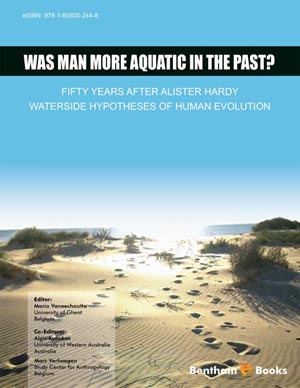Abstract
Compared to the skeletons of all other primates, including Homo sapiens, the crania and postcrania of Homo erectus were typically massive, displaying extremely thick bones with compact cortices and narrow medullary canals. Even outside the primate order, examples of animals displaying such massive bones are rare. Although this feature is sometimes seen as diagnostic of H. erectus, few convincing hypotheses have been put forward to explain its functional and adaptive significance.
Here, we present data showing that unusually heavy bones were a typical, although not exclusive nor indispensable, characteristic of H. erectus populations through the early, middle and late Pleistocene in areas of Asia, Africa and Europe. A comparative review of the occurrence of massive skeletons in other mammals suggests that they have an important buoyancy control function in shallow diving aquatic and semi-aquatic species, and are part of a set of adaptations that allow for the more efficient collection of slow, sessile and immobile foods such as aquatic vegetation and hard-shelled invertebrates. We therefore consider the possibility that part-time shoreline collection of aquatic foods might have been a typical element of the lifestyle of H. erectus populations. We discuss the alternative explanations for heavy bones from the literature, as well as apparent exceptions to the rule, such as thin-boned H. erectus and thick-boned Homo sapiens fossils. A review of the palaeo-ecological data shows that most, if not all, H. erectus fossils and tools are associated with water-dependent molluscs and large bodies of permanent water. Since fresh and salt water habitats have different densities, we hypothesize that in H. erectus as well as in some Homo sapiens populations, there might have been a positive correlation between massive bones and dwelling along sea or salt lake shores.
Keywords: Pachyostosis, osteosclerosis, medullary stenosis, human evolution, Homo erectus, buoyancy control, Out of Africa, shallow diving, sessile food, seafood, continental shelves, Pleistocene, semi-aquatic mammals













